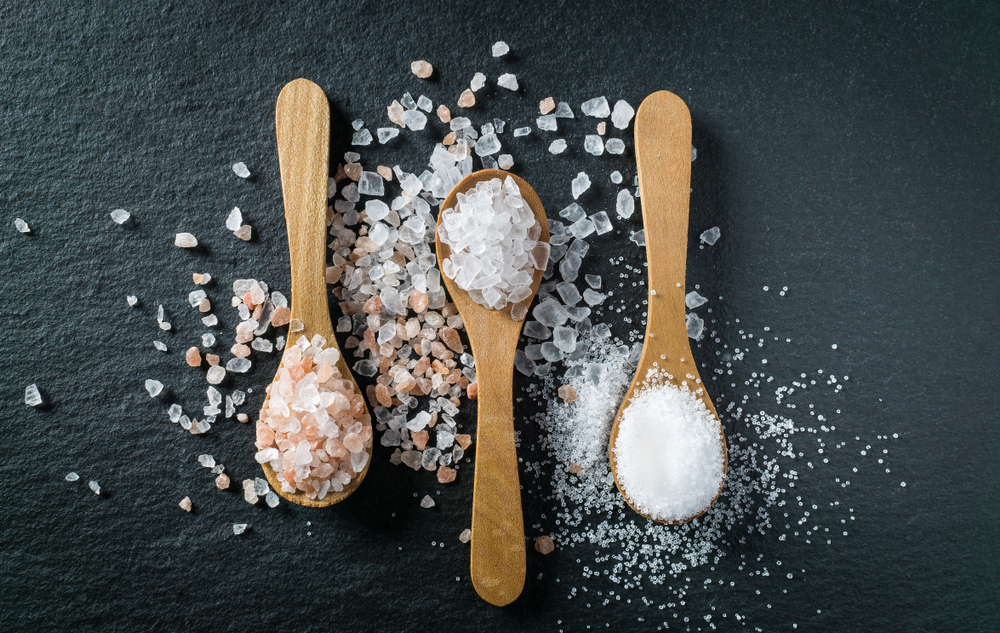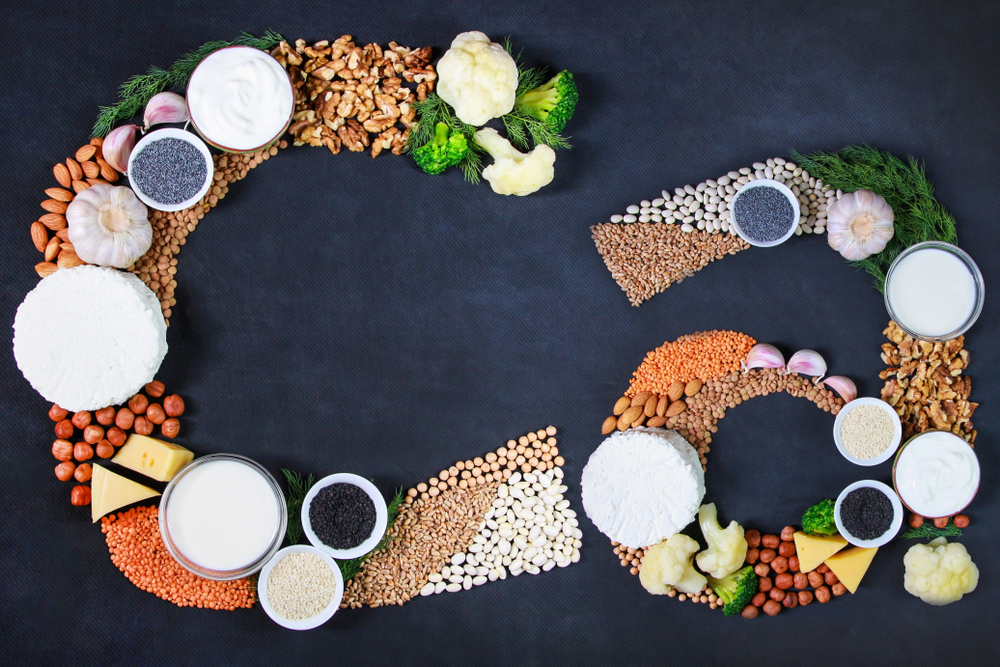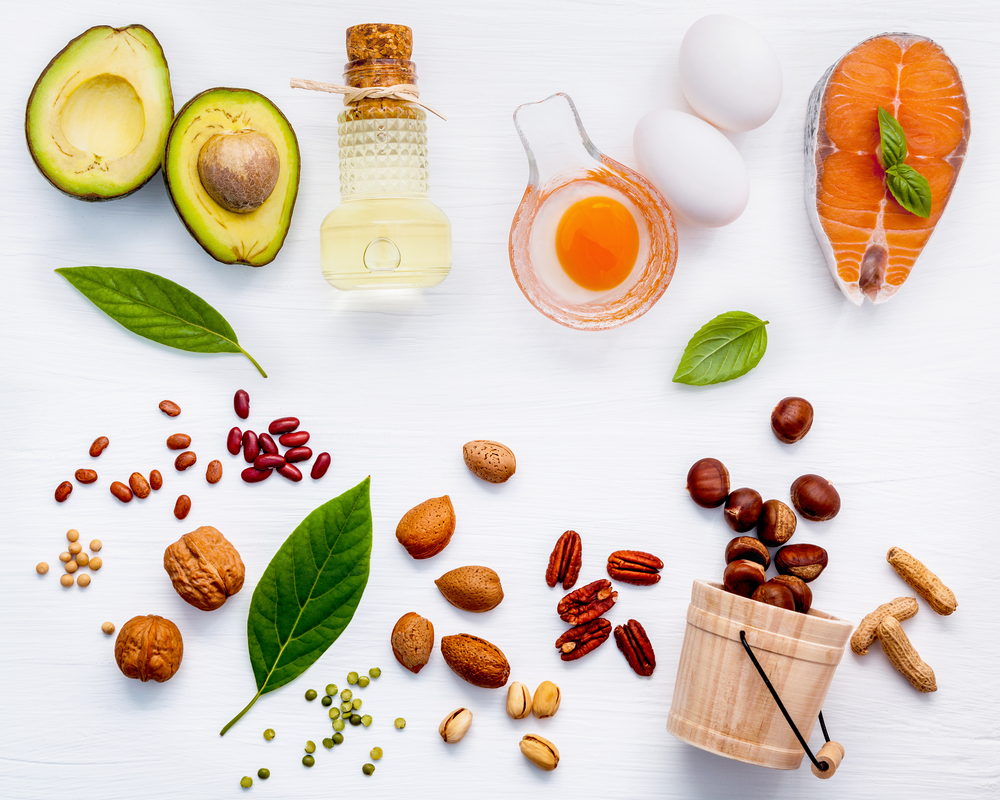There are many important minerals for the body. Among them are sodium and potassium. They are minerals responsible for the proper functioning of the body. In order to know their characteristics and advantages, it is essential to know the following information.
Sodium and potassium, their predominance in the body
In the body, sodium has 140 mEq/L outside the cell, while inside it contains only 5 to 15 mEq/L. Therefore, the bone contains more sodium and this is involved in the storage organ. According to popular belief, the adult male contains a total of 4,000 mEq of sodium in his body.
In the case of potassium, it is found inside the cell. In this area, it has 3,600 mEq, of which 65 to 70 mEq are accessible in the extracellular fluid. The difference in concentration between the potassium outside the cell and inside is caused by the difference in potential between the outer and inner parts of the cell. These changes in the amount of potassium are of considerable importance for muscle contraction and nerve conduction.
Sodium and potassium, intake and loss in the body
Indeed, the intake of sodium is related to the diet and the variation of diets. The average intake is 150 to 200 mEq daily. The diet of Western residents is enriched in sodium. Excess sodium intake is often the cause of hypertension.
On the other hand, sodium losses occur in the feces. These are also seen in mucous and serious secretions, more precisely in urine and sweat. In order to regulate this metabolism, it is important to see first of all the state of the kidney.
In the case of potassium, it is essential to know that about 100 mEq are provided by potassium. As far as losses are concerned, these are mainly seen in the kidneys. A small amount of this mineral is excreted in the stool. Apart from that, there are weaknesses of potassium losses at the level of the sweat parts. There are even many for secretions.
When should these minerals be taken?
Like any other type of mineral, sodium and potassium should be taken at the best time. Before, it is essential to take less salt on a daily basis. But during the intake, the physical activities should not be rapid so that there is no sweating. This position is crucial especially for practitioners of sweat-generating sports such as tennis, marathon and cycling. After consumption, it is preferable that food be salted so that the hormonal balance is restored. It should be noted that the salt requirement for athletes is not the same for healthy people or those with heart failure or high blood pressure.
Properly regulate the level of these minerals during training
Even if it is true that sodium and potassium are essential for the body, it is always important to regulate them.
Potassium
The permutations of potassium between the various compartments are complicated. However, they always lead to hyperkalemia. Intensive training will cause the loss of potassium from active cells. This mechanism is of great importance for the body.
Sodium
Sweat is enriched in sodium despite the increase in its flow. The increase in sodium loss depends on the physiological concentration of sweat sodium during the increased flow rates. A decrease in the body sodium pool is related to the loss of sweat sodium. In spite of this, the natraemia remains the same and increases due to the drying out. The rhythm of physical movement has a huge influence on this secretion.
It is possible that the athlete does not necessarily produce heat at the origin of his adipose pannicle. The sweat and sodium loss is important. For active athletes, they will not have the same problems. Heat production begins. There is a decrease in sweat flow. Thus, sodium is less concentrated. Other than that, sweat output and sodium concentration will be decreased.
Why rebalance the amount of sodium?
It is necessary to know that the decrease in sodium level will lead to muscle cramps. According to clinical studies, these cramps occur mostly after a shower or the night after. These are rebalancing and secondary cramps due to a nutritional fault. If the athlete drinks pure water, there will be dilution hyponatremia on the one hand. On the other hand, the plasma medium becomes rebalanced in the area of the end cells. But if the person is very dehydrated, it is possible to be in a coma. Otherwise, it will have a cellular hyperhydration.
Recovery of sodium and potassium
Sodium
To compensate for sodium, we must consider first of all the ambient heat. If the temperature increases, the concentration of these minerals also increases from 1g/l to 2g/l. On the sports point of view, the practitioner must consume salt in case of rare training.
As far as taste is concerned, salty food is not acceptable for athletes. It is best to use salt tablets with a dose of 500 mg or 1 g. Moreover, mineral waters can be used such as Badoit, Perrier and Vichy.
It is also essential to mix salt and sugar water. This mixture is beneficial because of the presence of glucose in it. Glucose allows for an excellent intestinal integration of sodium.
Potassium
Potassium depletion occurs on two levels. On the heart part, it is possible to have electrocardiographic disorders. Then, rhythm disorders appear. Indeed, the belly in systole will be well stopped. These signs are caused by acidosis, hyponatremia and hypocalcemia.
On the muscular area, the muscular tone and the resistance to the effort will be decreased. Respiratory problems will exist due to the slowed down diaphragmatic activity. In the opposite case, there is still an imputation of the cramps.




